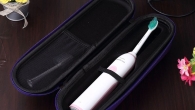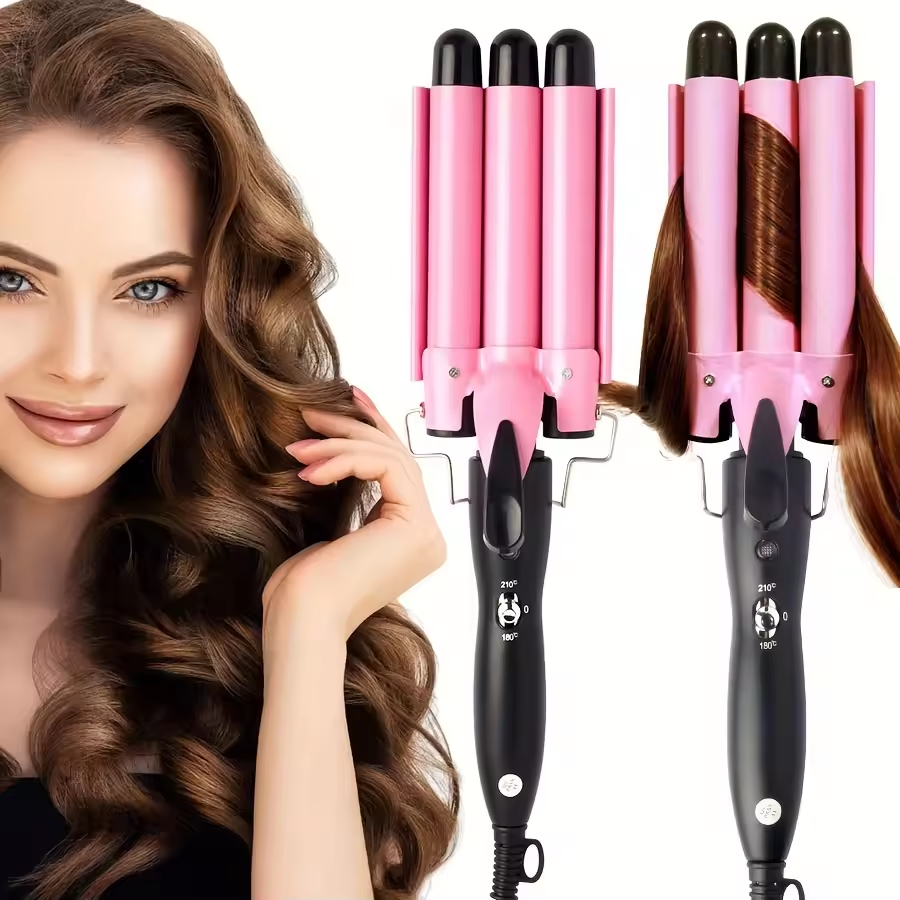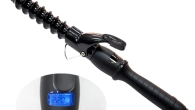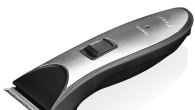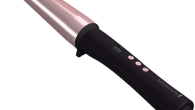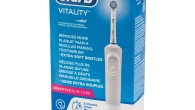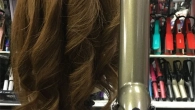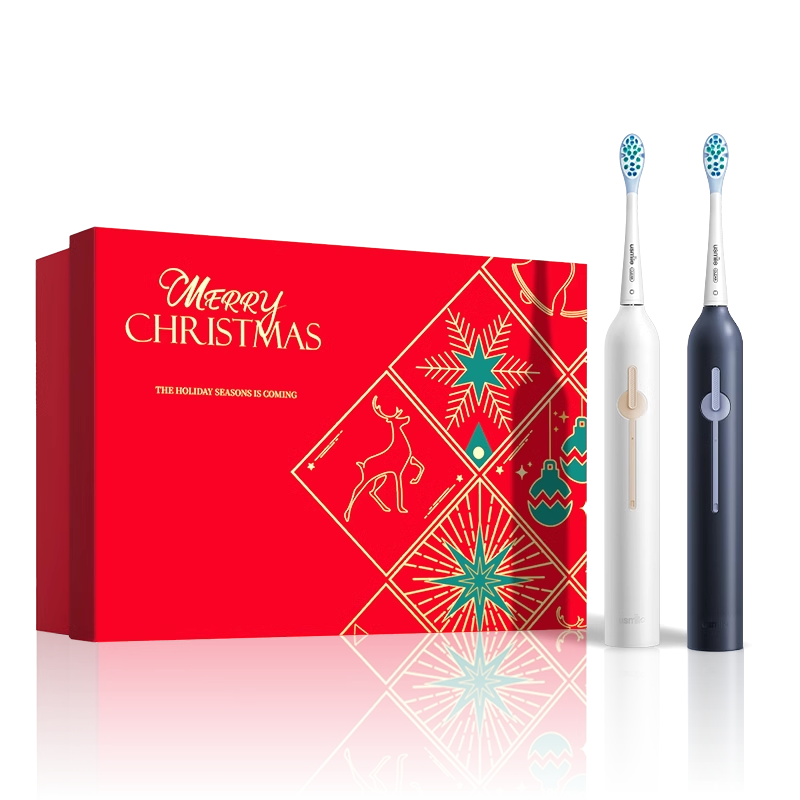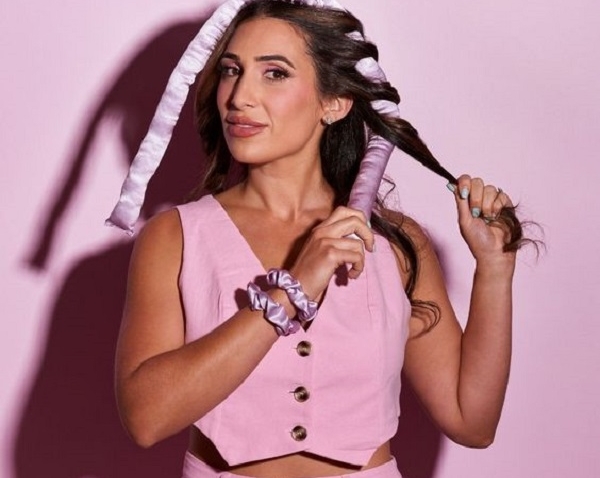
Curling Iron Burns on the Face: Treatment and Prevention
What to do for a curling iron burn? Using a curling iron to create beautiful hairstyles is a common practice. However, accidents can happen, and one potential risk is sustaining a burn on the face from the curling iron. In this comprehensive guide, we will address the treatment and prevention of curling iron burns on the face. By understanding the severity of the burns, practicing proper first aid, and implementing preventive measures, you can minimize the impact of these burns and promote healing.
Immediate Action: Cooling Down the Burn
The first few minutes after a curling iron burn on your face are crucial. Here’s what to do immediately:

- Turn off the iron and unplug it: Safety first! Eliminate the heat source to prevent further damage.
- Remove any makeup or jewelry: This will prevent constriction and allow for better heat dissipation.
- Cool the burn with cool (not cold) running water: Hold the burned area under running water for 10-15 minutes. This will help to draw out the heat and reduce inflammation.
Important Tips:
- Don’t use ice: Applying ice directly to the burn can worsen the injury and irritate the sensitive facial skin.
- Don’t pop blisters: Facial blisters can be especially tempting to pop, but resist the urge! Blisters form a protective barrier over the wound. Popping them increases the risk of infection and scarring on your face.
- Don’t apply butter or oil: These can trap heat and further irritate the burn, potentially leading to more inflammation on your delicate facial skin.
Calming the Sting: 2024 and Beyond
While immediate action focuses on cooling the burn, in 2024, with the vast array of over-the-the-counter pain relievers available, you can manage any stinging or discomfort associated with the burn. However, always follow the recommended dosage and consult your doctor if you have any concerns about using pain relievers, especially near your eyes or mouth.
Curling Iron Burns on the Face: Treatment and Prevention
-
The Severity of Curling Iron Burns
- First-degree burns: These burns affect only the outermost layer of the skin and typically result in mild pain, redness, and swelling. First-degree burns do not often require professional medical treatment and can be effectively managed at home.
- Second-degree burns: These burns penetrate deeper into the skin and result in blistering, severe pain, redness, and swelling. Second-degree burns require proper care and may need medical attention, especially if they cover a large area of the face.
- Third-degree burns: The most severe type of burn, third-degree burns, extend through all layers of the skin and can potentially affect tissues beneath. They cause significant pain, charring of the skin, and may require immediate medical attention.
-
Immediate Steps for Treating Curling Iron Burns
- Cooling the burn: The first step in treating a burn is to immediately cool the affected area with running cool (not cold) water for at least 10-15 minutes. This helps reduce pain, prevent further tissue damage, and promote healing.
- Gentle cleansing: After cooling the burn, gently cleanse the area with mild soap and water to remove any debris or foreign substances that may have come into contact with the burn site. Avoid using scrubbing motions that can cause additional irritation.
- Applying a burn ointment: Once the burn is clean, apply a thin layer of an over-the-counter burn ointment containing ingredients like aloe vera or petroleum jelly. This can help soothe the burn, keep it moisturized, and protect it from infection.
- Covering the burn: Use a sterile, non-stick dressing or a clean, non-fluffy cloth to cover the burn. Avoid using adhesive bandages directly on the burn site to prevent additional irritation.

-
Seeking Professional Medical Attention
- Deep or severe burns: If the burn is deep, covers a large area, or shows signs of infection, seeking immediate medical attention is crucial. Medical professionals can assess the severity of the burn and provide appropriate treatment and care.
- Persistent pain or complications: If the pain persists or if you notice any signs of complications, such as increased redness, swelling, pus, or fever, consult a healthcare professional. They can address any concerns and provide the necessary treatment for proper healing.
-
Preventive Measures to Avoid Curling Iron Burns on the Face
- Use a heat protectant spray: Before using any heat styling tools like curling irons, apply a heat protectant spray to create a barrier between the iron and your skin. This reduces the risk of burns and minimizes heat damage.
- Keep a safe distance: Maintain a safe distance between the curling iron and your face while styling, ensuring that the iron does not come into direct contact with your skin. Be vigilant and avoid any accidental contact.
- Practice proper handling: Establish a safe and secure grip on the curling iron, ensuring that you have full control during the styling process. This minimizes the chances of accidental slips or touching the skin with the hot iron.
- Be mindful of hot surfaces: Pay attention to the entire curling iron, including the handle and barrel, as they can become hot during usage. Avoid placing the iron near your face or skin to prevent accidental burns.
- Utilize safety features: Select curling irons with built-in safety features, such as heat-resistant tips, protective gloves, or automatic shut-off mechanisms. These features can provide an added layer of protection against burns.
-
Aftercare and Promoting Healing
- Gently clean and moisturize: After the initial treatment, continue to clean the burned area with mild soap and water daily. Apply a burn ointment or a prescribed cream to keep the skin moisturized and facilitate healing.
- Avoid picking at blisters: Blister formation is common with second-degree burns. It is essential to avoid popping or picking at these blisters, as this can lead to infection and hinder the healing process.
- Protect from the sun: Once the burn has healed, protect the affected area from prolonged sun exposure. Cover the area with clothing or use a broad-spectrum sunscreen to minimize the risk of hyperpigmentation and further damage.

-
Addressing Scarring and Hyperpigmentation
- Consult a dermatologist: If you notice significant scarring or hyperpigmentation from a curling iron burn on your face, consult a dermatologist. They can recommend specific treatments, such as topical creams, laser therapy, or microdermabrasion, to help reduce the appearance of scars and even out skin tone.
- Embrace scar healing techniques: Follow scar healing techniques suggested by your dermatologist, such as gently massaging the scar with silicone gel or using specialized scar treatments. These methods can help promote collagen production and improve the overall texture and appearance of the scar.
- Camouflage and makeup application: Consider using cosmetic products, such as color-correcting creams or concealers, to even out skin tone and cover any remaining discoloration. Experiment with different makeup techniques to find what works best for you in minimizing the appearance of scars or hyperpigmentation.
- Protect from sun exposure: Sun exposure can intensify scarring and hyperpigmentation, leading to further darkening and irritation. Apply sunscreen with a high SPF to the affected area daily and consider wearing a wide-brimmed hat or using a scarf for additional protection.

-
Seeking Emotional Support
- Reach out to support networks: Dealing with the aftermath of a curling iron burn on your face can be emotionally challenging. Reach out to friends, family, or support groups who can provide empathy, understanding, and encouragement during your healing journey.
- Consult a mental health professional: If you find that the psychological impact of the burn is affecting your emotional well-being, consider seeking professional help. A therapist or counselor can assist you in processing and managing any distress or self-esteem issues that may arise.
- Practice self-care and self-acceptance: Engage in activities that promote self-care and self-acceptance, such as practicing mindfulness, engaging in hobbies you enjoy, or practicing positive affirmations. Remember that scars do not define your worth, and self-love plays a crucial role in your overall well-being.
Beyond Curling Irons: Heat Styling Safety for Your Face
Curling irons aren’t the only heat styling tools that can cause burns on your face. Here are some general safety tips for using any hot tool near your face:

- Read the instructions: Every hot styling tool comes with specific instructions for use. Take the time to read and understand them before using the tool near your face.
- Never leave a hot tool unattended: Always unplug your hot tool when you’re not actively using it, especially if it’s near your face.
- Keep it out of reach of children and pets: Hot tools can be tempting for curious little hands and paws. Store them in a safe place where they can’t be easily accessed, especially if they are within reach of your face.
- Don’t use a hot tool on wet hair: Wet hair conducts heat more efficiently, increasing the risk of burns, especially on your face. Make sure your hair is completely dry before using any hot styling tool near your face.
Curling iron burns on the face can be distressing, but prompt and appropriate treatment can promote healing and minimize scarring. By addressing the severity of the burns, administering immediate first aid, seeking professional medical attention when necessary, and implementing preventive measures, you can reduce the chances of future burns. Remember to practice proper aftercare and protect the healed burn site from further damage. By navigating the healing process attentively, you can promote recovery and ensure healthy and beautiful skin in the long run.




